Saint Agnes of Rome: The Enduring Legend of Courage and Faith
In the pantheon of Christian saints, few figures resonate with the same purity and resilience as Saint Agnes of Rome. A beacon of steadfast faith in the face of adversity, Saint Agnes remains a pivotal figure in religious history and a source of inspiration for countless believers across centuries. Her story is one of unwavering devotion, defiance against oppression, and the timeless struggle for religious freedom.
Historical Context and Early Life
Saint Agnes, whose name aptly signifies "pure" in Greek, was born into the tumultuous era of the late Roman Empire, around 291 AD. The Roman Empire during this period was characterized by both grandeur and vice, juxtaposed by extremes of philosophical thought and political brutality. Christianity was yet to gain acceptance as a mainstream religion, with practitioners often facing persecution under Roman rule. It was within this context that Agnes was born to a wealthy Roman Christian family.
Details of Agnes's early life, much like many martyrs of her era, are shrouded in legend and devotional narratives. However, it is widely accepted that from a young age, Agnes was known for her piety and dedication to her faith. Unlike many of her peers, who may have relented to societal pressures, she was resolute in committing her life to Christ, expressing her intent to remain chastely devoted.
A Trial of Faith
The story of Saint Agnes takes a dramatic turn as she reached the tender age of twelve or thirteen. Beauty and virtue marked every aspect of her being, making her a subject of admiration and desire among the Roman elites. Numerous suitors sought her hand in marriage, attracted not only by her appearance but also enticed by the promise of aligning with her influential family.
Despite the pressure to conform to societal expectations—marriage being one of the primary duties of Roman women at the time—Agnes refused to deviate from her spiritual vows. Her refusal was not just an expression of personal will; it was an act of defiance against a society that sought to objectify and commodify her, a stance that would ultimately lead to her condemnation.
Her resolute denial of a Roman prefect's son, who was one of her determined suitors, led to outrage and personal affront. In retaliation, various accusations were levied against her, including defying the Roman gods—a grave offense in a society that entwined religion and governance. Little could stand between Agnes and her faith, as she was unwavering in facing the consequences, exhibiting a maturity beyond her years.
The Martyrdom of Saint Agnes
Threatened with death or a life of indignity at a Roman brothel, Agnes did not flinch. Instead, she proclaimed her unyielding faith in Christ, which led to her being sentenced to death. According to most traditions, she was led, unclothed, to the streets as a form of humiliation, a tactic employed by Romans to subdue young Christian women. Yet legend holds that her hair miraculously grew to cover her body modestly, a testament, according to believers, to divine intervention.
Ultimately, Agnes faced execution by sword, a death befitting her youthful purity and uncorrupted devotion—a quick end that the Romans thought would extinguish her presence. Instead, her martyrdom immortalized her in the Christian tradition. Her death, seen not as a defeat but a triumph over worldly attachments, galvanized early Christians and served as a poignant reminder of the sacrifice for one’s beliefs.
Legacy and Veneration
Posthumously, Agnes's influence only grew. Her burial site, along the Via Nomentana, quickly became a pilgrimage destination, and Agnes herself became one of the first saints to receive official recognition, honored annually on the feast day of January 21st.
In the decades that followed, her legacy was enshrined in the arts, with significant basilicas constructed in her memory. The Basilica of St. Agnes Outside the Walls, for example, stands as a monument to her enduring influence, the crypt containing the relics of the young saint.
Artistic depictions of Saint Agnes often portray her holding a lamb, a symbol of her purity and her name—derived from the Latin word "agnus," meaning lamb—serves as a double entendre, referencing both innocence and her tenacious faith. Over time, she became the patron saint of young girls, chastity, and victims of sexual assault, her life exemplifying themes of virtue against adversity.
Saint Ambrose, one of the early Church Fathers, famously expounded on her virtues, noting in his writings that her story serves as a blueprint for purity and courage among those facing worldly trials. Even today, as Christianity’s spread has reached across continents, Saint Agnes's story continues to inspire believers to lead lives of conviction and humility.
In understanding Saint Agnes of Rome, we do not only celebrate her as a martyr but also recognize the broader implications of her story—of innocence confronting tyranny and the timeless power of personal integrity.
The Influence of Saint Agnes in Early Christian Theology
Saint Agnes's legacy is deeply woven into the fabric of early Christian theology, where her story acts as a tangible reflection of the core tenets of faith, sacrifice, and purity that Christianity espouses. In an era where martyrdom played a pivotal role in the spread of Christianity, the narratives of young martyrs like Agnes were instrumental in illustrating the transformative power of steadfast belief amid persecution.
Her narrative served as more than just a story of personal conviction; it was a counter-narrative to the brutality faced by the early Christians. It highlighted a divine balance where the innocent's voice could still be heard above the roar of Roman oppression. Theologians and ecclesiastical writers, including the venerable St. Ambrose, utilized her story in their works to inspire and instruct in the burgeoning Christian faith. Her life and sacrifice provided tangible examples of Christ-like virtues, essential during times when Christians faced marginalization.
Saint Agnes's martyrdom epitomized the "passio," or the sufferings beloved by hagiographers, which allowed the faithful to view these ideals through a prism of divine empowerment. Her narrative was instrumental in creating a sense of community among early Christians, showcasing the triumph of faith and the promise of eternal life as a reward for steadfast devotion.
Artistic Representations and Cultural Impact
The cultural impact of Saint Agnes transcends beyond religious texts and theological discourses into art, music, and literature. Throughout the centuries, Agnes has been depicted in a multitude of artistic forms, symbolizing virtue and innocence in a world fraught with moral ambiguity. Her portrayal in artworks often includes a lamb and a palm branch, with the lamb representing innocence and purity, and the palm branch symbolizing martyrdom and victory over evil.
During the Renaissance, a period that saw an incredible flourish in religious art, renowned artists such as Domenichino and Francisco de Zurbarán immortalized her through paintings that stressed her divine purity and peaceful demeanor. Through these works, Saint Agnes became a fixture within art history as a symbol of grace and divine favor, demonstrating the ideal of unwavering faith.
Literature, too, figures prominently in keeping her memory alive. Writers draw on her life as a narrative wellspring for themes of virtue, courage, and spiritual determination. In the Middle Ages, her story found resonance in various miracle plays and poetries, weaving together her legacy of piety and the cultural values of the time. As a genre, these often reflected the deep affinity communities felt toward figures like Agnes, who embodied the struggle for purity amidst adversity.
Modern Legacy and Recognition
In modern times, Saint Agnes's legacy continues to impact both religious and secular domains. The enduring veneration of Saint Agnes provides a unique intersection where faith and cultural memory meet, illuminating her continuing relevance in contemporary society. Her life story, reshaped over centuries to reflect different societal issues, serves as a poignant allegory for modern struggles against oppression and injustice.
Today, her feast day, celebrated on January 21st, is marked by traditions that include the blessing of lambs—a practice reflecting both her name and symbolism. The wool from these lambs is used to make pallia, garments worn by metropolitan archbishops, linking her legacy to the very fabric worn by church leaders, a reminder of her influence that endures through ecclesiastical continuity.
Educational institutions and charities bearing her name often focus on issues surrounding girls' rights, virtue, and protection for the vulnerable, echoing the values she epitomized. Her role as a patron saint of girls and chastity aligns her story with movements that advocate for dignity and equal rights, interpreting her narrative as a call to protect and uplift those most susceptible to exploitation.
The recognition of Agnes is not confined merely to ecclesiastical remembrance but echoes in dialogues about the broader socio-cultural challenges faced by women throughout history. Her story, consistently told and retold, casts a light on the importance of dignity, courage, and unwavering faith in battling systemic injustice.
Conclusion
The story of Saint Agnes of Rome offers far more than mere historical interest; it provides a lens through which one can view the timeless struggle for spiritual purity and moral righteousness. Her narrative resonates across different periods, each finding relevance in her enduring qualities of faith and resilience. For believers, she remains an intercessor, a spiritual ally in the pursuit of Godly virtue.
As we reflect on the significance of Saint Agnes throughout history, her life shines as an enduring testament to the power of faith over temporal might. By finding a place within religious, cultural, and artistic traditions, Agnes transcends her martyrdom, achieving a status of timeless veneration that speaks to the human spirit's unwavering pursuit of the divine path.
Saint Agnes and the Empowerment of Women in Spiritual Narratives
In weaving the story of Saint Agnes within the larger mosaic of Christian martyrs, it's essential to recognize the profound role she and similar figures play in discussions about the empowerment of women through spiritual narratives. Her defiance against forced marriage and societal expectations reflects a broader theme of agency and autonomy that resonates even today. The narrative of Agnes is not solely about resistance to persecution but also about a young woman’s control over her destiny, her body, and her faith—issues as pertinent now as they were centuries ago.
As a symbol of strength, Agnes’s determination to maintain her vow of chastity against relentless external pressure speaks to the timeless challenge of asserting one's beliefs and values in a world that often seeks to define them for you. Her refusal to submit could be interpreted as an early instance of feminist ideology that underscores the right of women to make autonomous decisions, even in life-threatening circumstances. Through her story, Agnes personifies resilience, an enduring message for women to uphold their personhood against oppressive forces.
In the cultural retelling over generations, Saint Agnes has been adopted not only as a spiritual figurehead but also as a paradigm of personal empowerment. Her consistent representation as an independent figure who chooses faith over succumbing to societal pressures allows her narrative to be utilized in modern discourse on gender equality and women's rights, reflecting a legacy interwoven with personal integrity and insurmountable courage.
The Mystical and Allegorical Interpretations of Her Story
The life and martyrdom of Saint Agnes lend themselves to various mystical and allegorical interpretations over the centuries, forming a rich tapestry of symbolism woven throughout Christian thought. Her youth, purity, and unyielding faith have been emblematic of the Christian soul's journey toward divine union, often depicted as a bridesmaid preparing for the celestial marriage to Christ. This imagery aligns with Agnes’s virgin martyrdom, drawing parallels to the soul's chastity and fidelity to God.
Moreover, the lamb, a frequent motif in depictions of Agnes, connects deeply with several layers of Christian symbolism. The lamb serves both as a representation of Christ—"the Lamb of God"—and an allegory for innocence and purity. These layers resonate with Agnes's own inviolate life and the protective covering of her virtue, serving as a lens to view Christian sainthood as the embodiment of divine ideals.
Throughout history, theologians and mystics have elaborated upon these symbols in their reflections, using Agnes's story to explain divine mysteries and moral teachings. Her narrative acts as a parable of the soul's passage through tribulation toward salvific grace, with suffering acting as both a crucible and a conduit for deeper spiritual understanding.
Global Perspectives and Continuous Relevance
While deeply rooted in Roman and Christian history, Saint Agnes’s story continues to echo across cultures, transcending geographic boundaries and religious contexts. Her tale is not one confined to a specific era or locale but is a universal representation of steadfast faith and incorruptible virtue. Whether in Europe, Latin America, or beyond, Saint Agnes's example inspires individuals standing against societal or political adversity.
In many regions, her narrative has been adapted to address local issues, such as gender-based violence and religious persecution, showcasing the flexibility and relevance of her story. This adaptability ensures that Agnes remains a pivotal emblem suited for different cultures and contexts, imparting teachings about justice and faith's triumphant power.
Her life story serves as a narrative tool and inspiration for various communities advocating for human rights, often highlighting the parallels between historical struggles and contemporary challenges. By embodying both saintly purity and fortitude born of tribulation, she remains a versatile figure drawing people together in common cause and shared inspiration.
Continued Veneration and Pilgrimage
The veneration of Saint Agnes continues with enduring fervor throughout the world. Her basilicas and relics attract pilgrims who seek solace, strength, and the imputation of her virtues through prayer. These sacred spaces not only bear architectural and aesthetic significance but also serve as spiritual havens for those who share in her unwavering devotion.
Pilgrimages to the Basilica of St. Agnes Outside the Walls, for instance, serve as profound gestures of faith, allowing both historical reflection and deep spiritual practice. These journeys hold the power to rejuvenate the faithful, deepening their understanding of sacrifice and divine love as embodied by Agnes's legacy.
The liturgies held on her feast day revitalize the communal aspect of Christian worship, connecting believers through the shared celebration of her life and martyrdom. These acts of remembrance and thanksgiving reinforce her role within the community as a protector, guide, and intercessor, affirming the core values she espoused.
Conclusion: A Timeless Beacon of Faith
As we conclude the exploration of Saint Agnes of Rome, it becomes clear that her legacy is rich, diverse, and unceasingly relevant. Across centuries, her life has been a source of moral instruction, cultural art, and spiritual reflection, rendering her more than just a historical figure but a timeless beacon of faith and courage.
Saint Agnes's story epitomizes the valor required to stand by one’s convictions in the face of oppression, illustrating an eternal narrative of purity and empowerment. She is a symbol of unwavering grace that transcends time, a source of solace and inspiration for present and future generations seeking to navigate the complexities of faith, virtue, and moral integrity.
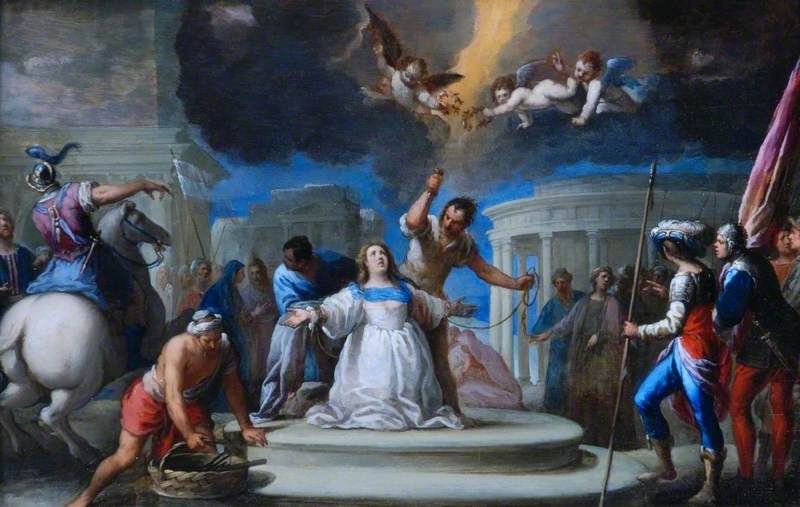


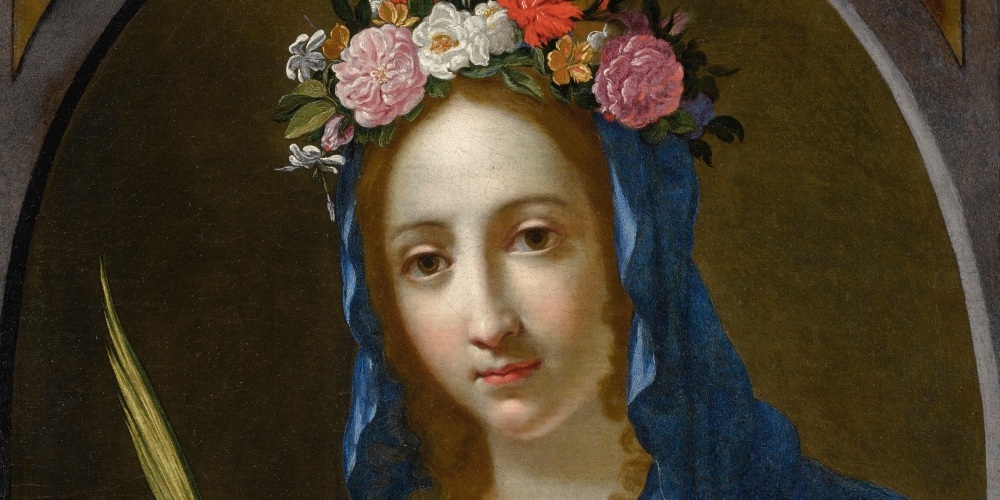


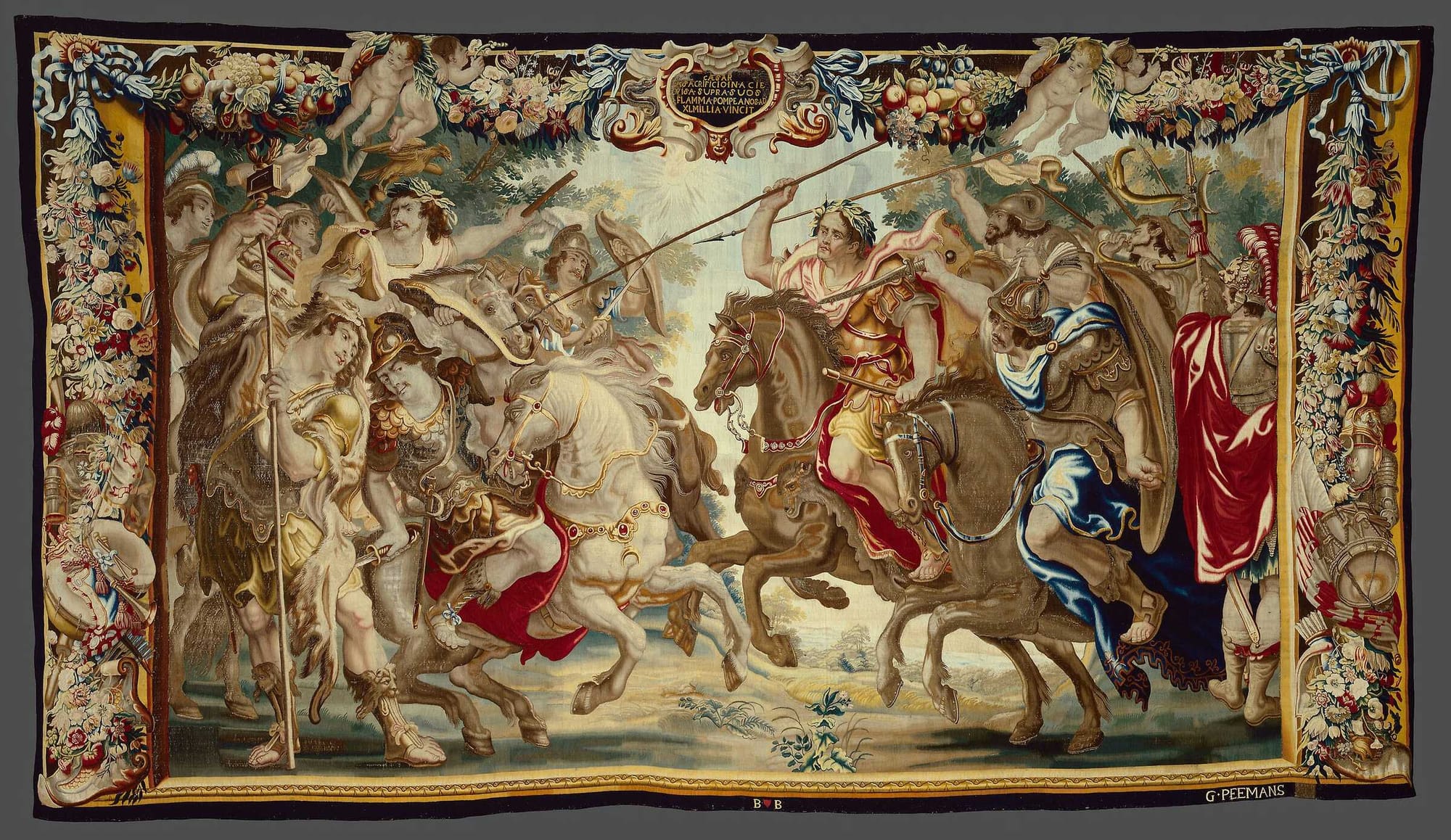






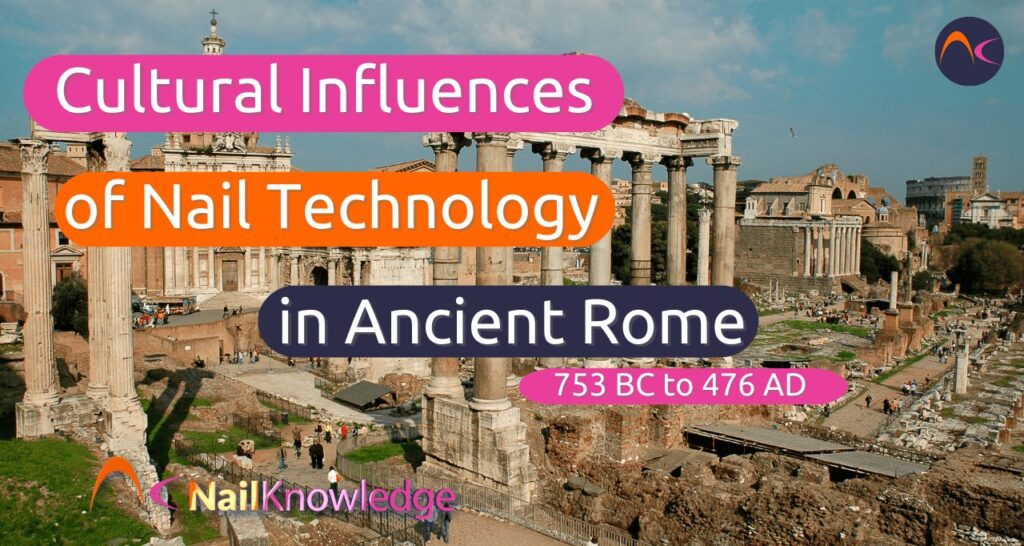





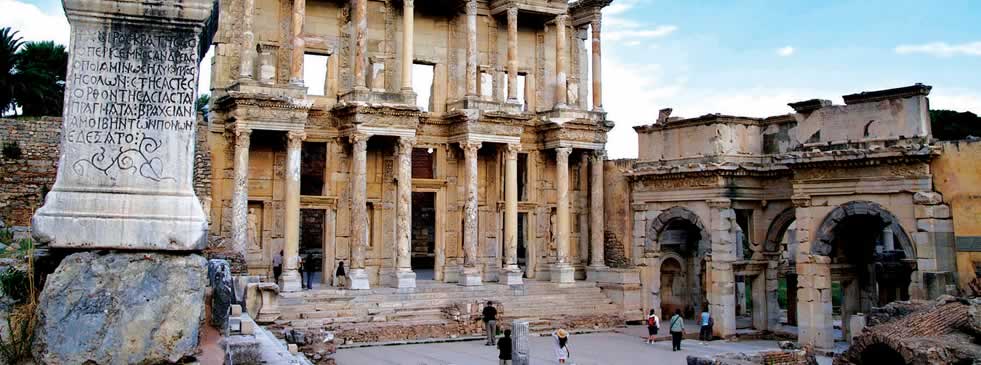


Comments